

Articles
How To Store Cooked Spaghetti Squash
Modified: August 28, 2024
Learn the best ways to store cooked spaghetti squash in this helpful article. Discover tips and tricks for preserving its flavor and freshness.
(Many of the links in this article redirect to a specific reviewed product. Your purchase of these products through affiliate links helps to generate commission for Storables.com, at no extra cost. Learn more)
Introduction
Spaghetti squash is a delicious and versatile vegetable that can be enjoyed in a variety of dishes. Whether you’ve cooked up a big batch of spaghetti squash or simply have leftovers from a meal, knowing how to store it properly is essential to ensure its freshness and flavor stay intact.
In this article, we will guide you on the best methods for storing cooked spaghetti squash, whether you choose to store it in the refrigerator or freezer. We will also provide tips on how to properly reheat the squash to maintain its texture and taste. So, let’s dive in and learn how to store cooked spaghetti squash to enjoy it at its best!
Key Takeaways:
- Store cooked spaghetti squash in airtight containers or freezer bags, labeled and dated, to enjoy its freshness for up to 5 days in the refrigerator or up to 3 months in the freezer. Get creative with reheating methods for delicious meals!
- Storing cooked spaghetti squash reduces waste, saves time, and unlocks culinary possibilities. Proper preparation, storage, and reheating techniques ensure freshness and flavor for convenient and nutritious meals.
Read more: How To Cook Spaghetti Squash On Stove Top
Why Store Cooked Spaghetti Squash?
There are several reasons why you may want to store cooked spaghetti squash. Firstly, if you’ve cooked a large amount of spaghetti squash and have leftovers, storing it allows you to stretch your meals and enjoy the squash over multiple days. It’s a convenient way to have a ready-made base for quick and easy meals.
Storing cooked spaghetti squash also comes in handy when you want to meal prep or plan ahead. By having cooked squash readily available, you can save time and effort when it comes to preparing meals during busy weekdays or when you simply want a nutritious and satisfying meal without the hassle of cooking from scratch.
Another reason to store cooked spaghetti squash is to reduce waste. If you find that you won’t be able to consume all the cooked squash before it starts to spoil, storing it allows you to extend its shelf life and minimize food waste. This is not only economical but also environmentally friendly.
Furthermore, having a stash of cooked spaghetti squash in your refrigerator or freezer gives you the freedom to experiment with different recipes and creations. From using it as a substitute for pasta in traditional Italian dishes to incorporating it into soups, salads, or casseroles, the possibilities are endless.
In summary, storing cooked spaghetti squash allows you to enjoy the vegetable over multiple meals, saves you time and effort in meal preparation, reduces food waste, and unlocks a world of culinary possibilities. So, let’s move on to the next section to learn how to prepare cooked spaghetti squash for storage!
Preparation for Storage
Before you store cooked spaghetti squash, it’s important to prepare it properly to ensure it stays fresh and maintains its quality. Here are a few steps to follow:
- Allow the cooked spaghetti squash to cool: Before you start the storage process, make sure the cooked squash has cooled to room temperature. This helps prevent condensation and moisture from forming inside the storage container.
- Remove the seeds and strings: Use a fork or spoon to scoop out the seeds and any remaining strands from the cooked spaghetti squash. This will help prevent the squash from becoming mushy or slimy during storage.
- Separate into portions (optional): If you anticipate using the cooked squash in specific portion sizes, consider dividing it into individual servings or meal-sized portions. This makes it easier to defrost and use later without having to thaw the entire batch.
- Choose appropriate storage containers: For storing cooked spaghetti squash in the refrigerator, use airtight containers or resealable bags that are freezer-safe. If storing in the freezer, opt for freezer-safe containers or heavy-duty freezer bags. Ensure that the containers are clean and dry before adding the squash.
- Label and date the containers: To avoid confusion and prevent spoiling, label each storage container with the date of storage. This will help you keep track of how long the squash has been stored and determine its freshness when you decide to use it.
By following these simple preparation steps, you’ll ensure that your cooked spaghetti squash is ready for storage and will stay fresh and delicious until you’re ready to enjoy it. In the next sections, we will explore the specific guidelines for storing cooked spaghetti squash in the refrigerator and freezer.
Storing Cooked Spaghetti Squash in the Refrigerator
If you plan to use your cooked spaghetti squash within a few days, storing it in the refrigerator is the best option. Follow these steps for optimal storage:
- Ensure the cooked spaghetti squash has cooled to room temperature before storing it in the refrigerator.
- Place the squash into an airtight container or resealable bag. Make sure to remove as much air as possible to prevent spoilage. Alternatively, you can wrap the squash tightly in plastic wrap.
- Label the container or bag with the date of storage.
- Store the container in the refrigerator, preferably in the crisper drawer to maintain a consistent temperature.
When stored properly, cooked spaghetti squash can last up to 5 days in the refrigerator. Ensure that the squash does not come into contact with any strong-smelling foods, as it can easily absorb odors.
Remember that reheating the refrigerated squash will affect its texture. It may become slightly softer, so keep this in mind when planning your meals. Now, let’s move on to the next section to learn how to store cooked spaghetti squash in the freezer.
After cooking, let the spaghetti squash cool completely before storing. Store in an airtight container in the refrigerator for up to 5 days or in the freezer for up to 3 months.
Storing Cooked Spaghetti Squash in the Freezer
If you want to store cooked spaghetti squash for a longer period, freezing is the way to go. Follow these steps to properly freeze your cooked squash:
- Allow the cooked spaghetti squash to cool completely before freezing. This helps prevent the formation of ice crystals.
- Divide the cooked squash into individual portions or meal-sized servings, if desired. This will make it easier to thaw and use later without having to defrost the whole batch.
- Transfer the portions into freezer-safe containers or heavy-duty freezer bags. Ensure they are airtight and properly sealed to prevent freezer burn.
- Label the containers or bags with the date of storage.
- Place the containers or bags in the freezer, making sure they are placed in a flat position to maximize storage space.
Cooked spaghetti squash stored in the freezer can last for up to 3 months without significant loss in quality. It’s important to note that the texture of the squash may change slightly after freezing and thawing, but it will still be suitable for use in various recipes.
When you’re ready to use the frozen spaghetti squash, thaw it overnight in the refrigerator or use the defrost function on your microwave. Avoid thawing at room temperature, as this can lead to bacterial growth.
Now that you know how to properly store cooked spaghetti squash in the freezer, let’s move on to the next section to learn the best ways to reheat it.
Read more: How To Store Spaghetti Squash Long Term
Reheating Cooked Spaghetti Squash
When it comes to reheating cooked spaghetti squash, there are a few methods you can use depending on your preference and time constraints. Here are the recommended ways to reheat your stored squash:
- Microwave: Place the desired amount of spaghetti squash in a microwave-safe dish and cover it with a microwave-safe lid or damp paper towel. Heat it on medium power for 1-2 minutes, stirring halfway through, until heated through. Keep in mind that microwaving may result in a slightly softer texture, but it’s quick and convenient.
- Stovetop: In a saucepan, heat a small amount of oil or butter over medium heat. Add the spaghetti squash and stir-fry it for several minutes until it reaches your desired temperature. This method allows for more control over the texture and can help remove excess moisture.
- Oven: Preheat your oven to 350°F (175°C). Place the spaghetti squash in an oven-safe dish and cover it with foil. Bake it for about 15-20 minutes or until heated through. This method takes longer but allows for a more uniform reheating process.
Regardless of the method you choose, it’s important to monitor the reheating process closely to avoid overheating or drying out the spaghetti squash.
Once reheated, you can enjoy the cooked spaghetti squash in various dishes, such as stir-fries, salads, or as a side to your favorite protein. Get creative and experiment with different flavors and seasonings to enhance the taste of the reheated squash!
Now that you know how to properly reheat cooked spaghetti squash, let’s move on to some tips for effective storage and maintenance of the squash’s quality.
Tips for Proper Storage
To ensure that your cooked spaghetti squash stays fresh and maintains its quality during storage, consider these helpful tips:
- Store the cooked squash as soon as it has cooled to room temperature to prevent bacterial growth.
- Use airtight containers or resealable bags to keep air and moisture out, which can cause spoilage.
- Label each container or bag with the date of storage to keep track of its freshness.
- Avoid stacking containers or bags on top of each other to prevent them from being crushed and potentially getting damaged.
- Keep the cooked spaghetti squash away from strong-smelling foods in the refrigerator or freezer to prevent flavor transfer.
- For optimal flavor and texture, it’s best to consume the stored spaghetti squash within a few months.
- When reheating the squash, be mindful of overcooking as it can lead to a mushy texture.
- Consider portioning the cooked squash before storing to make it easier to thaw and use only what you need.
- If you’re planning to freeze the squash, ensure that it is completely cooled before packaging to prevent the formation of ice crystals.
- Thaw frozen spaghetti squash in the refrigerator overnight or use the defrost function on your microwave to ensure safe and even thawing.
By following these tips, you can maximize the shelf life of your cooked spaghetti squash and enjoy delicious meals whenever you desire.
Now that you’re equipped with the knowledge of storing, reheating, and maintaining the quality of cooked spaghetti squash, you can confidently incorporate this versatile vegetable into your culinary repertoire. Happy cooking and enjoy your scrumptious spaghetti squash creations!
Conclusion
Storing cooked spaghetti squash properly is key to preserving its freshness and flavor for future use. By following the tips and guidelines in this article, you can ensure that your cooked spaghetti squash remains delicious and ready to enjoy, whether you store it in the refrigerator or freezer.
Storing cooked spaghetti squash allows you to stretch your meals, save time in meal preparation, and minimize food waste. It also opens up a world of culinary possibilities, allowing you to experiment with different recipes and creations.
Remember to adequately prepare the cooked squash for storage by allowing it to cool, removing seeds and strings, and portioning it if desired. Use airtight containers or resealable bags, and don’t forget to label and date them for easy tracking.
If you plan to use the cooked spaghetti squash within a few days, refrigeration is the best option. For longer-term storage, freezing is ideal. Just make sure to thaw the frozen squash properly when you’re ready to use it.
When reheating cooked spaghetti squash, choose the method that suits your preference and time constraints. Whether it’s microwaving, stovetop heating, or oven reheating, monitor the process closely to avoid overcooking or drying out the squash.
Lastly, by implementing the tips for proper storage, such as using airtight containers, keeping the squash away from strong-smelling foods, and consuming it within a few months, you can maintain the quality of your stored spaghetti squash.
Now that you have the knowledge and guidance on storing, reheating, and maintaining the quality of cooked spaghetti squash, you can confidently enjoy this delicious and versatile vegetable in a variety of dishes. So, go ahead and store that cooked spaghetti squash with confidence, knowing that you’ll have a ready-made and nutritious ingredient at your fingertips whenever you need it!
Frequently Asked Questions about How To Store Cooked Spaghetti Squash
Was this page helpful?
At Storables.com, we guarantee accurate and reliable information. Our content, validated by Expert Board Contributors, is crafted following stringent Editorial Policies. We're committed to providing you with well-researched, expert-backed insights for all your informational needs.
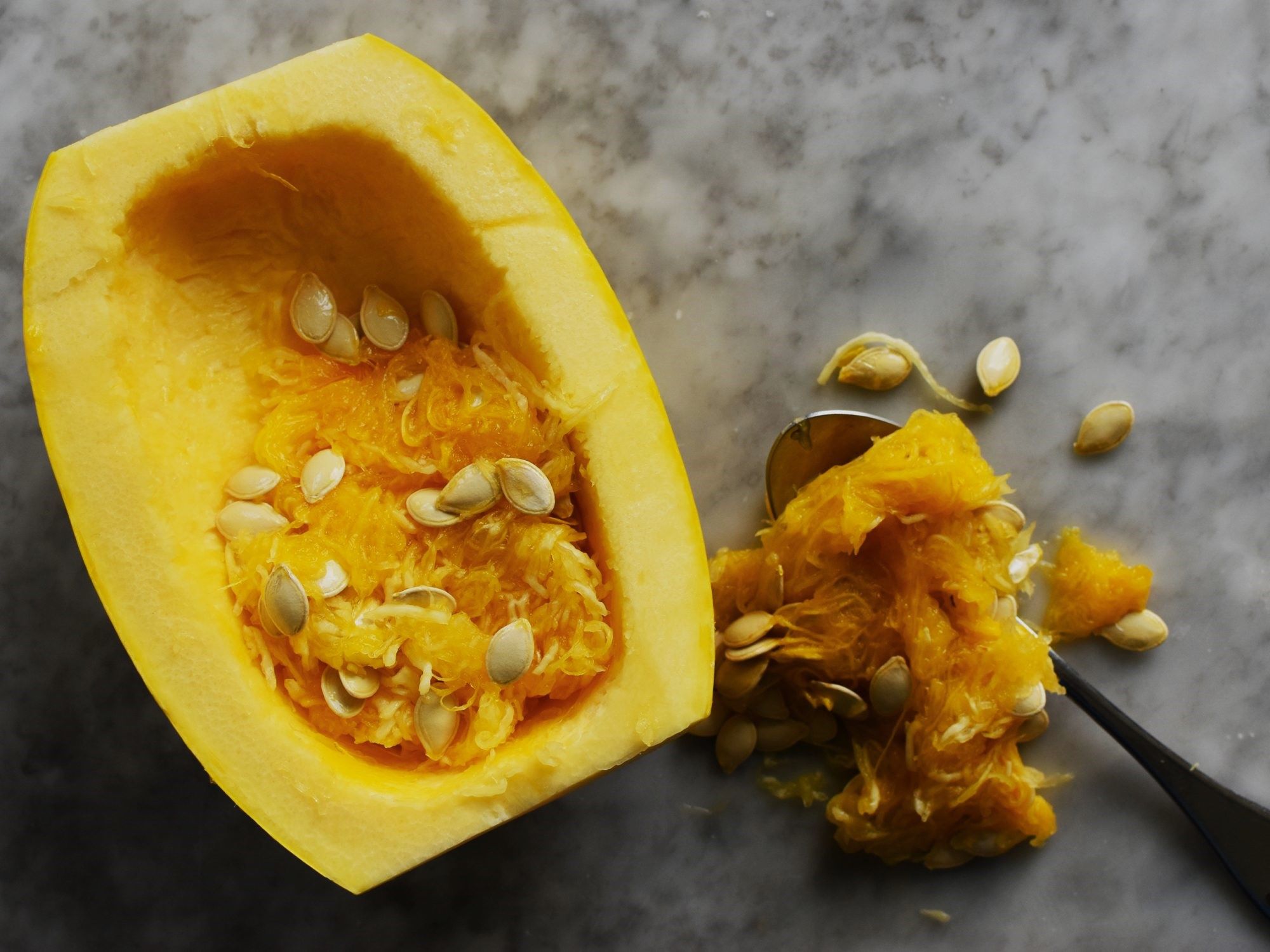
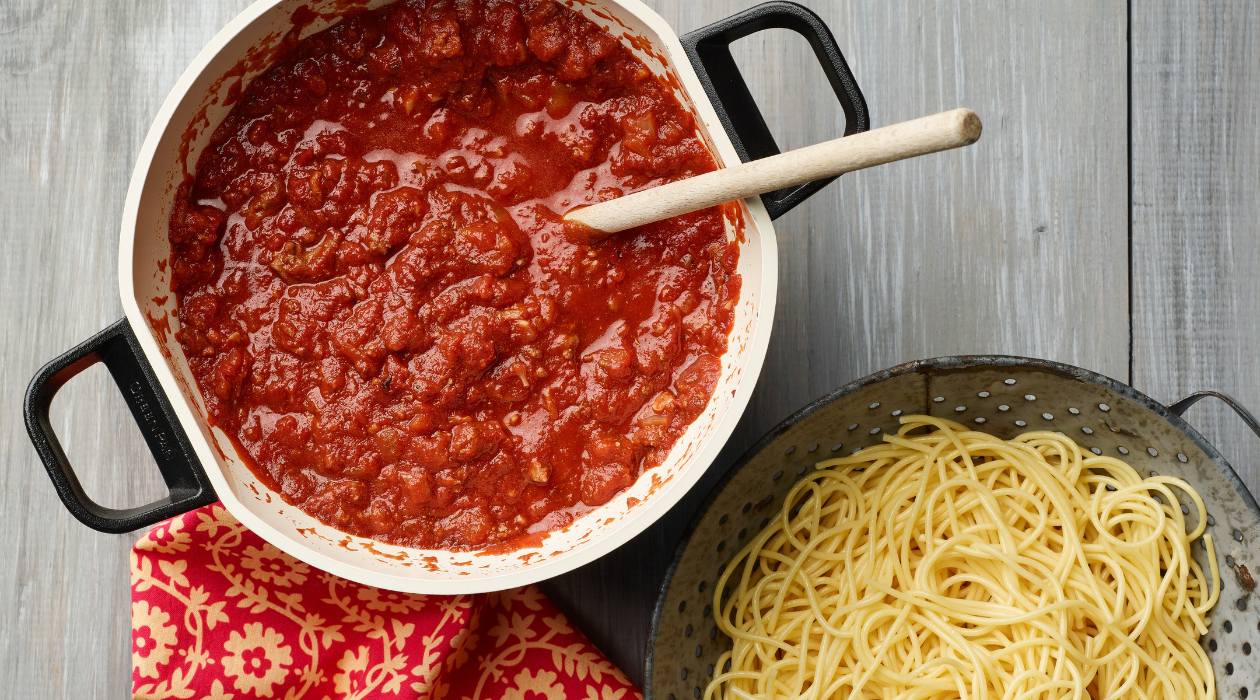





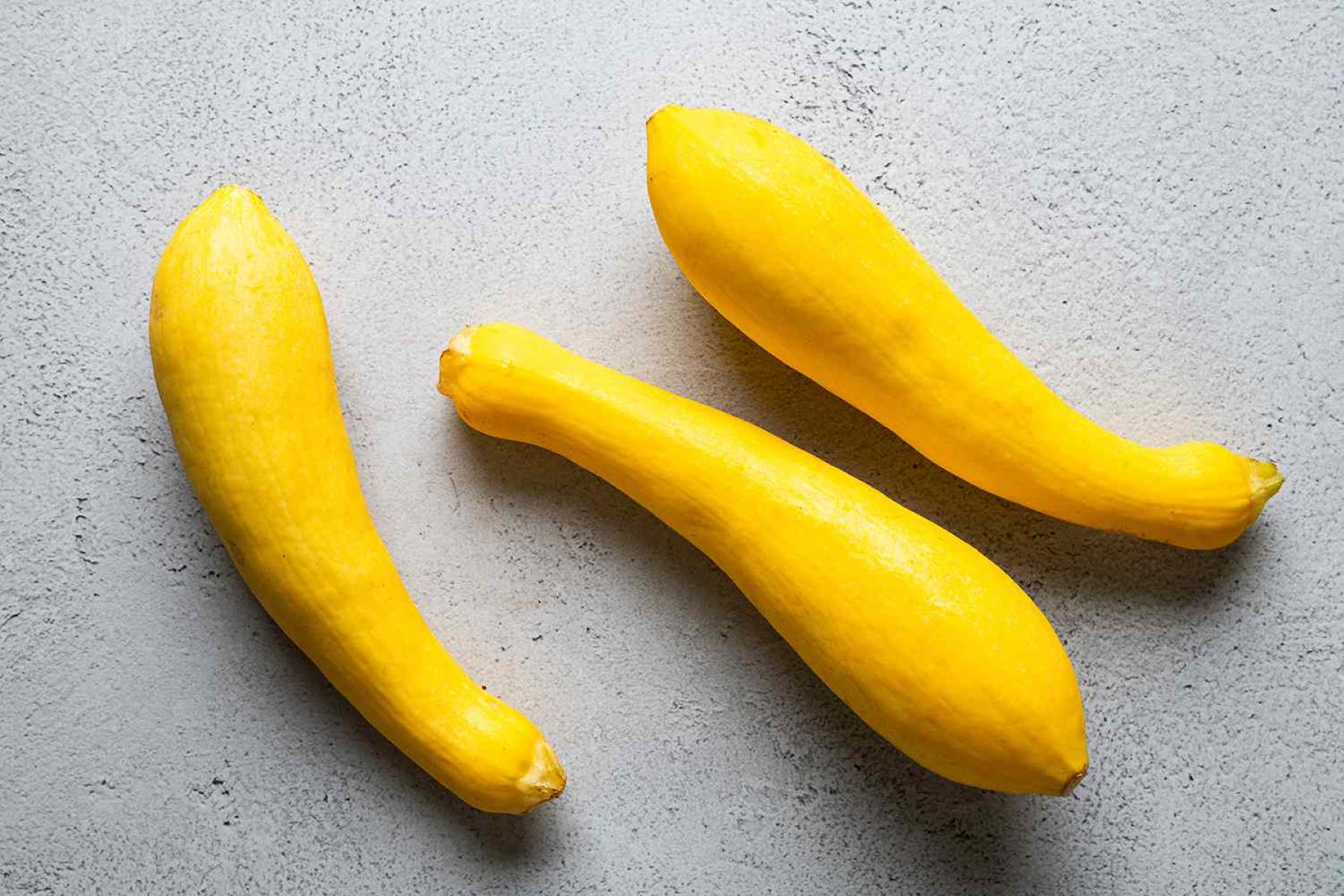

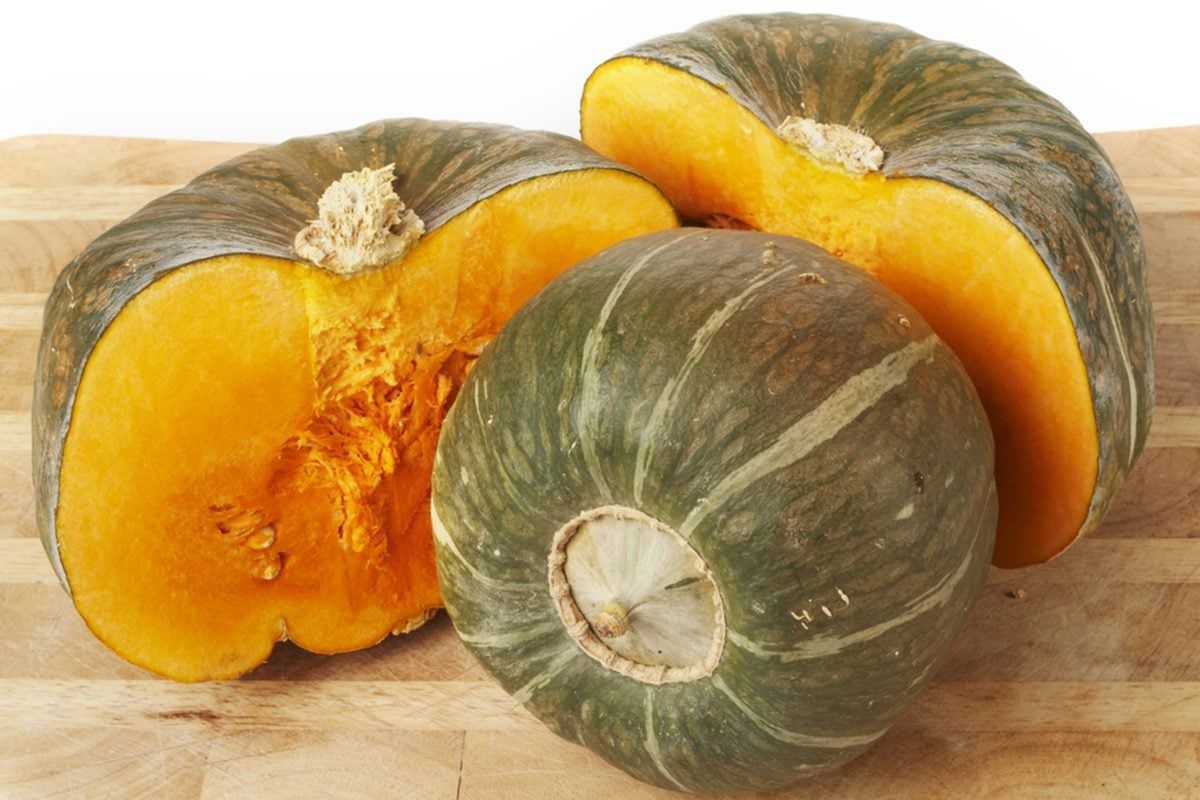
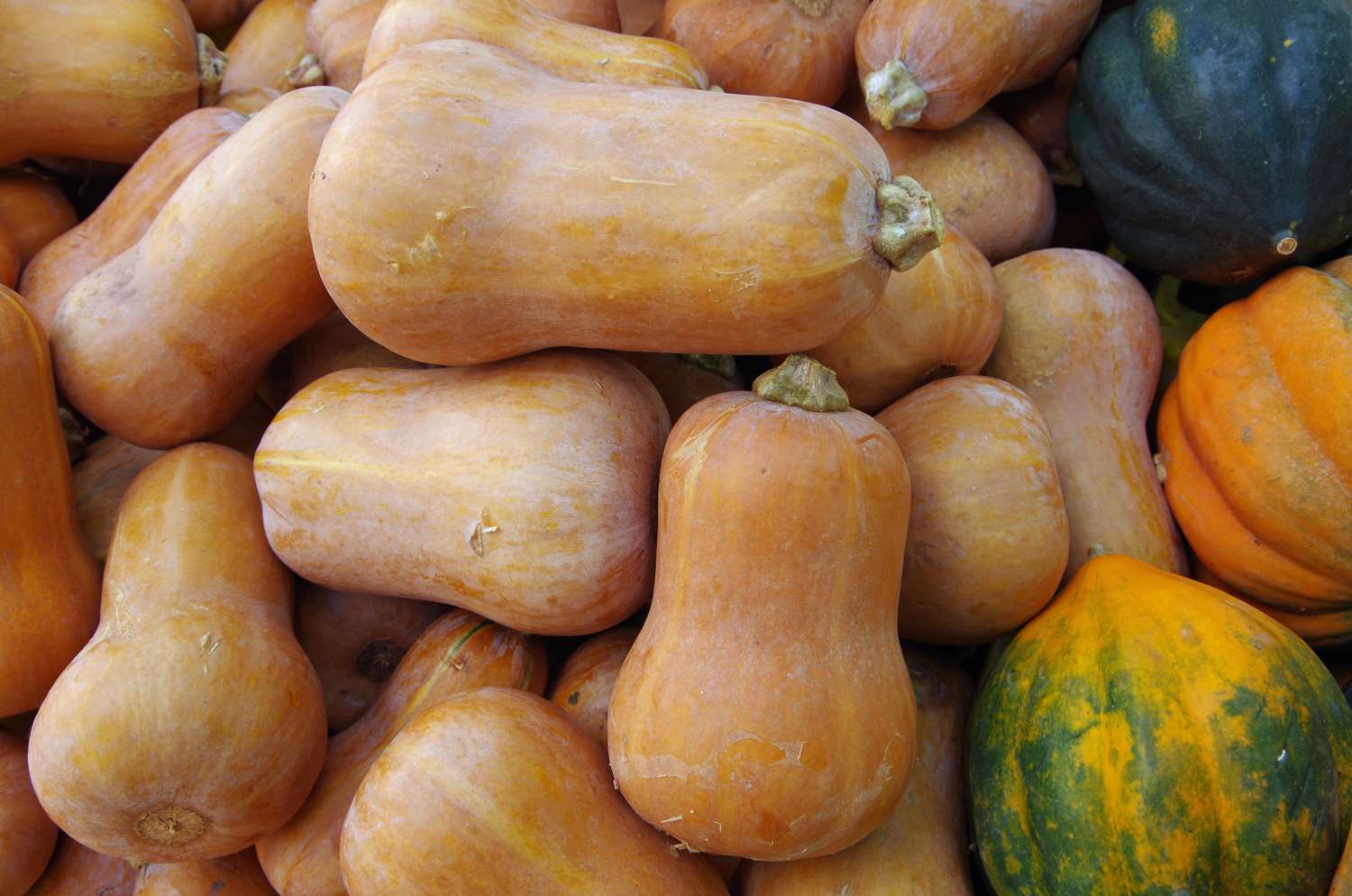
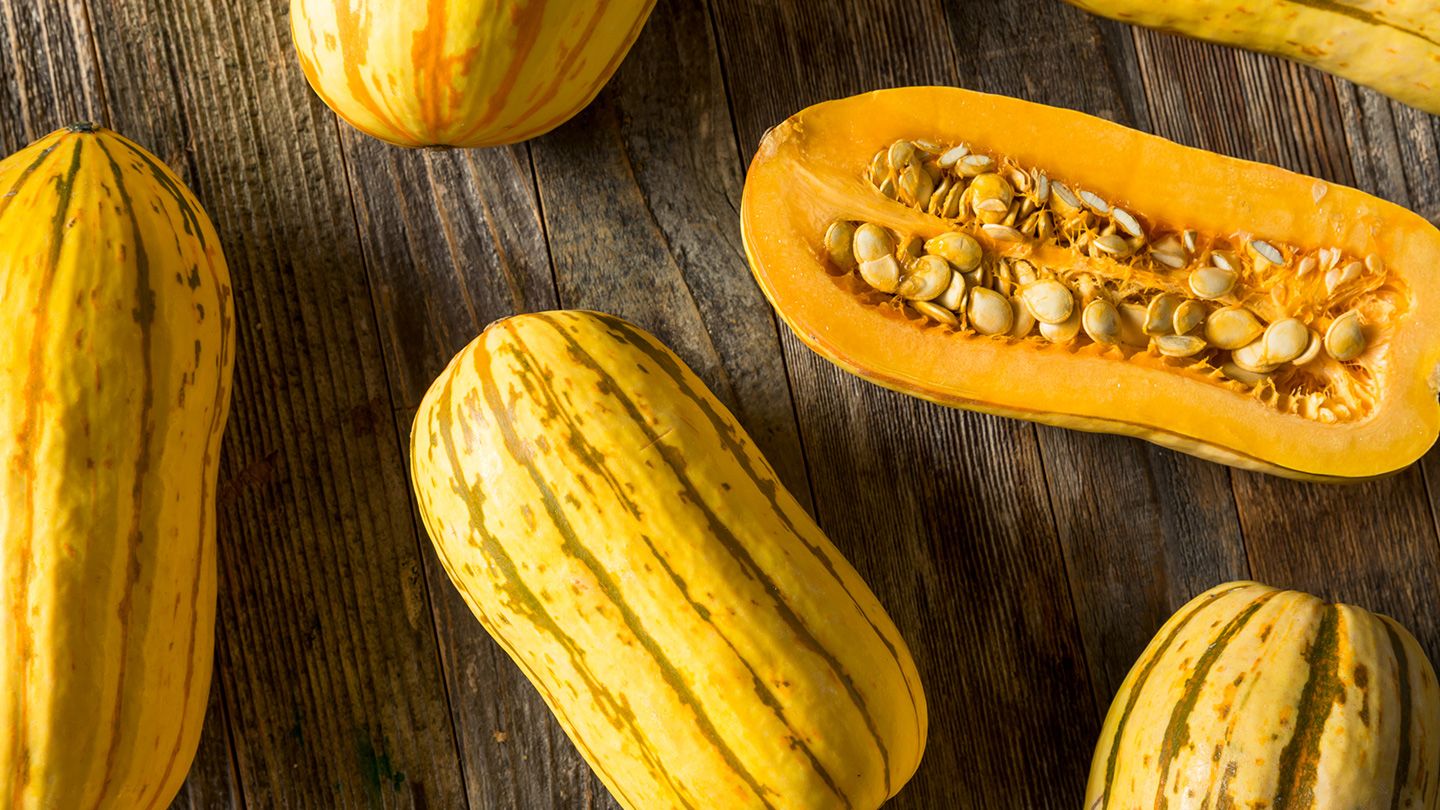



0 thoughts on “How To Store Cooked Spaghetti Squash”